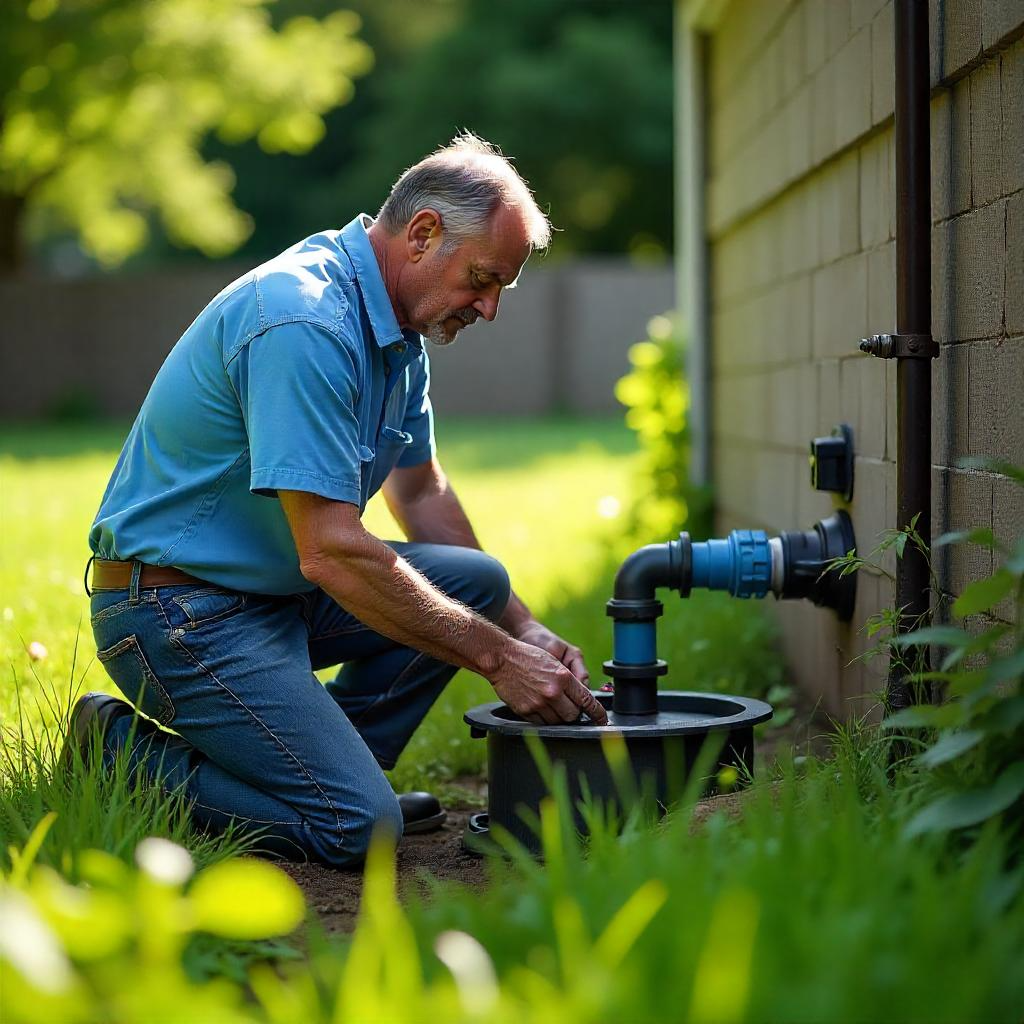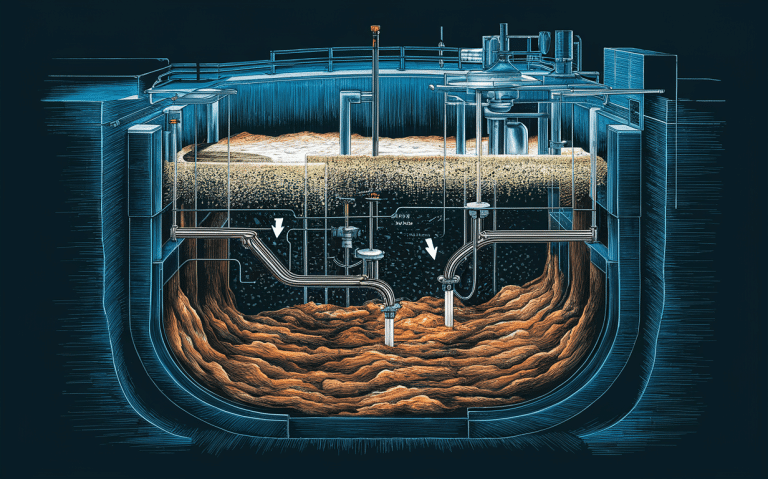Septic System Inspection: A Comprehensive Approach
The importance of Septic System Inspection cannot be overstated. These inspections are crucial for ensuring the long-term functionality and efficiency of a septic system, which is an integral part of residential and commercial properties in regions lacking centralized sewer services.
Particularly in areas like Orange, Sullivan, and Rockland Counties in New York, where septic systems are prevalent, the need for regular inspections is both a preventive measure and a best practice for property maintenance.
Understanding Septic Systems Inspection
A Septic System Inspection is essentially a self-contained wastewater treatment structure. At its core, the system includes a septic tank and a drain field. The tank is designed to receive wastewater from the property, where it separates solids from liquids. Solids settle at the bottom, forming sludge, while lighter substances like fats and oils float to the top as scum.
The liquid effluent, settled in the middle, then flows out into the drain field, where it is further treated by the soil. Regular inspections are vital to ensure these components function correctly, ultimately safeguarding the system’s efficiency and longevity.
The Need for Septic Inspections
Regular Septic System Inspections are essential for several reasons. They help in early identification of potential issues that could lead to system failure, such as sludge buildup, leaks, or blockages. Without timely detection and intervention, these issues can escalate, leading to system malfunctions, environmental contamination, and costly repairs. Comprehensive Septic System Inspections
The inspections are integral to preventive maintenance, ensuring the system operates smoothly and averting the inconveniences of unexpected breakdowns.
Inspection Process
The Septic System Inspections process for, involving several key steps. Inspectors might utilize advanced technologies like camera inspections to visually inspect the interior of septic tanks and identify any irregularities.
Measurements of sludge and scum layers are taken to determine if pumping is needed. This comprehensive approach ensures all aspects of the system are evaluated, maintaining its operational integrity and preventing potential malfunctions.
Common Issues Uncovered During Inspections
Regular Septic System Inspections are pivotal in identifying and mitigating common issues before they escalate into significant, costly problems. Here’s an expanded list of typical issues that can be uncovered during these inspections: Uncover 5 Critical Insights for Homeowners
- Pipe Blockages: Inspections can reveal blockages in the pipes leading to or from the septic tank. These blockages are often caused by the accumulation of solids, non-biodegradable items, or excessive use of toilet paper. Identifying and clearing these blockages early can prevent backup, system overflow, and extensive damage to the entire septic system.
- Leaks: The inspection process can detect leaks in the septic tank or the plumbing lines. Leaks can lead to groundwater contamination and may cause significant environmental issues. Early detection and repair of leaks are essential to maintain the system’s integrity and protect the surrounding ecosystem.
- Excessive Sludge Buildup: One of the most common findings during a septic inspection is the accumulation of too much sludge at the bottom of the tank. If not pumped out regularly, sludge can prevent the septic system from working efficiently, leading to backups or even system failure. Regular inspections ensure that sludge is removed at appropriate intervals, maintaining the system’s functionality.
- Scum Layer Thickness: Inspections often measure the thickness of the scum layer at the top of the tank. If this layer becomes too thick, it can block the tank’s inlet pipes and interfere with the normal flow of wastewater, potentially causing backups and odors.
- Compromised Tank Integrity: Over time, the tank itself can develop cracks or show signs of wear, which inspections can uncover. Maintaining the structural integrity of the tank is crucial to prevent leaks, soil contamination, and system breakdown.
- Drain Field Malfunction: Inspections might also assess the condition of the drain field, where issues such as saturation, unpleasant odors, or standing water can indicate system failure. A properly functioning drain field is crucial for the final treatment and dispersion of effluent.
- Vent Blockages: Proper venting is crucial for the septic system’s operation. Inspections can reveal blocked vents, which can lead to inadequate pressure balance in the system, resulting in slow drainage and potential sewage backups.
- Inlet and Outlet Baffles: Inspectors check the condition of inlet and outlet baffles, which are crucial for directing the flow of wastewater and preventing the scum layer from exiting the tank. Damaged or missing baffles can lead to clogs or allow improperly treated wastewater to enter the drain field.
Early detection and resolution of these issues are fundamental in preventing minor problems from becoming major, costly repairs.
Routine Septic System Inspections are a key preventive measure, ensuring the system operates efficiently, safeguarding homeowner investments, and protecting environmental health.
Benefits of Regular Inspections
The benefits of regular Septic System Inspections are manifold. They contribute to the overall efficiency and longevity of the system, help in avoiding unexpected breakdowns, and ensure the system complies with local health regulations. Fix & Prevent Now
Regularly inspected systems are less likely to experience failures, leading to cost savings on potential repairs or replacements and contributing to environmental protection by preventing leaks and system overflows.
Inspection Frequency and Scheduling
The frequency of septic system inspections can vary, generally recommended every 1-3 years, depending on the system’s size, overall usage, and local regulations.
Homeowners are advised to adhere to a regular inspection schedule, tailored to their system’s specific needs, to ensure optimal functioning and prevent potential issues.
Preparing for an Inspection
Homeowners can prepare for an inspection by ensuring easy access to the septic tank and keeping records of any system maintenance or unusual changes in system performance.
Understanding what the inspection entails can also help homeowners make informed decisions about their system’s maintenance and any required repairs.
Expertise in Septic Inspections
The expertise of professionals like those at United Sewer and Septic is crucial in conducting thorough and effective septic inspections.
Their experience and knowledge in the field ensure that inspections are comprehensive, covering all aspects of the septic system to maintain its optimal function and prevent any future issues.
Conclusion
Septic system inspections are a critical aspect of maintaining the health and functionality of your septic system. Regular, professional inspections can preempt major repairs, safeguard environmental health, and ensure the longevity of your system. (Reference for Septic system inspections)
For residents in Orange, Sullivan, and Rockland Counties, engaging with experienced professionals for your septic system’s maintenance can lead to a worry-free, efficient, and long-lasting wastewater treatment system.
By prioritizing these inspections, homeowners can enjoy the peace of mind that comes with a well-maintained, efficiently operating septic system, ensuring the well-being of their household and the surrounding environment.
Ask us today to learn more!






